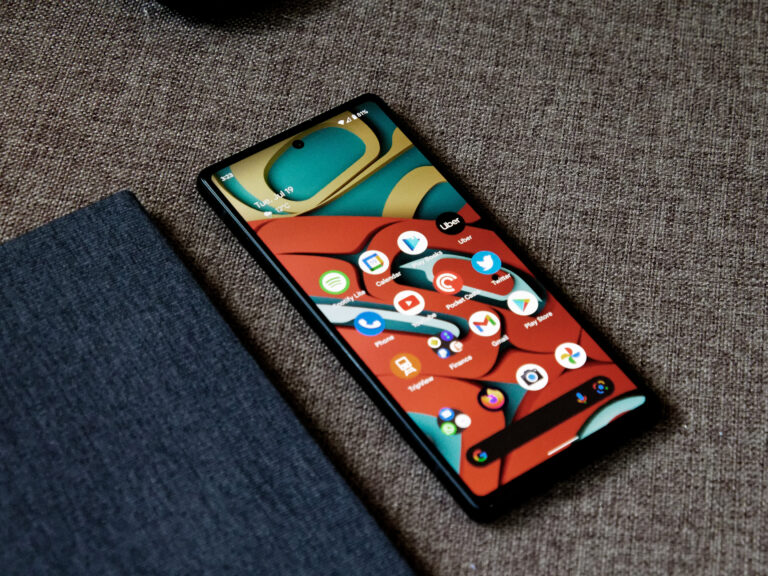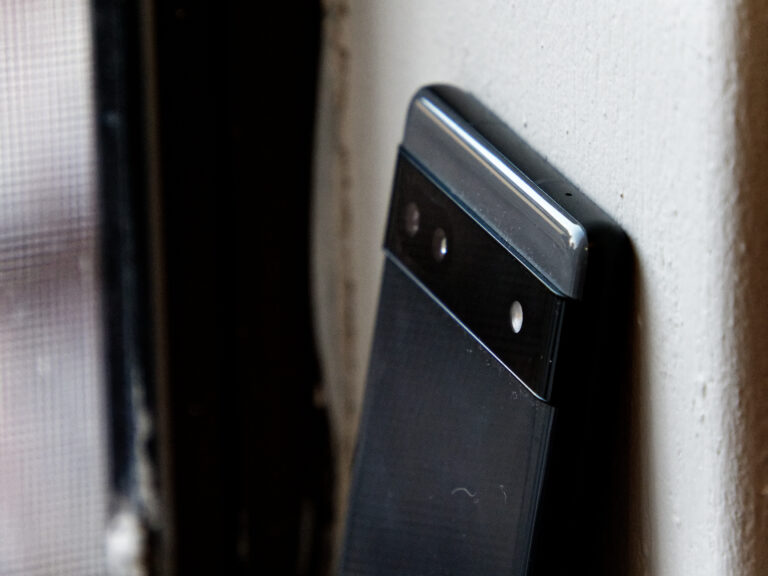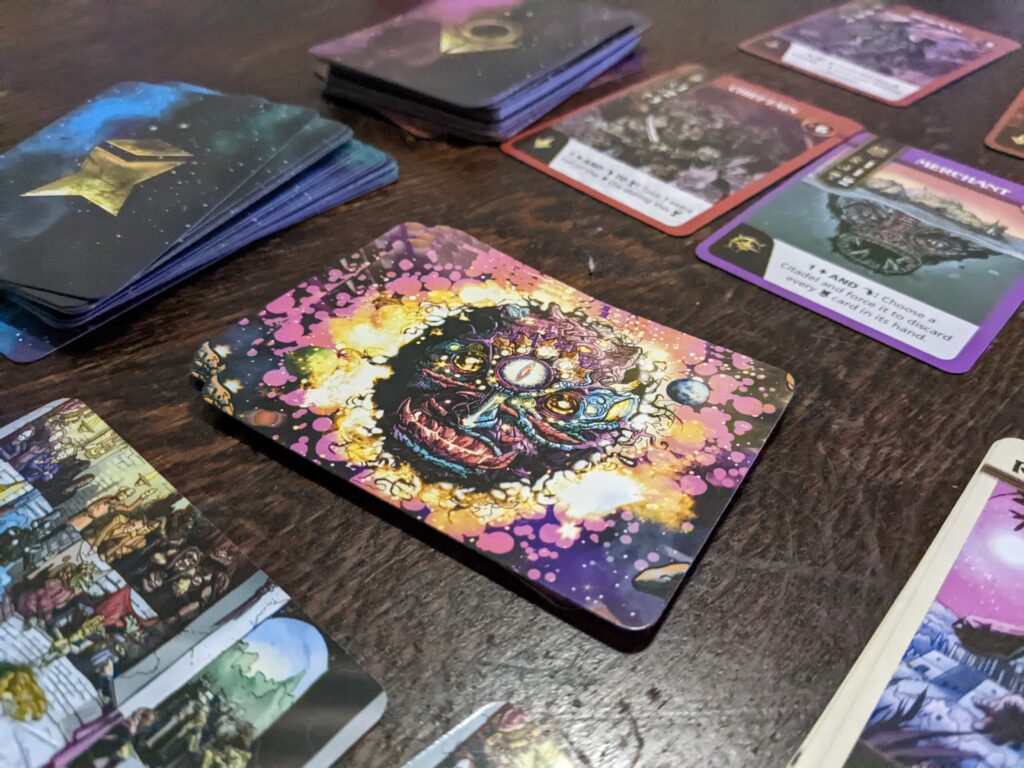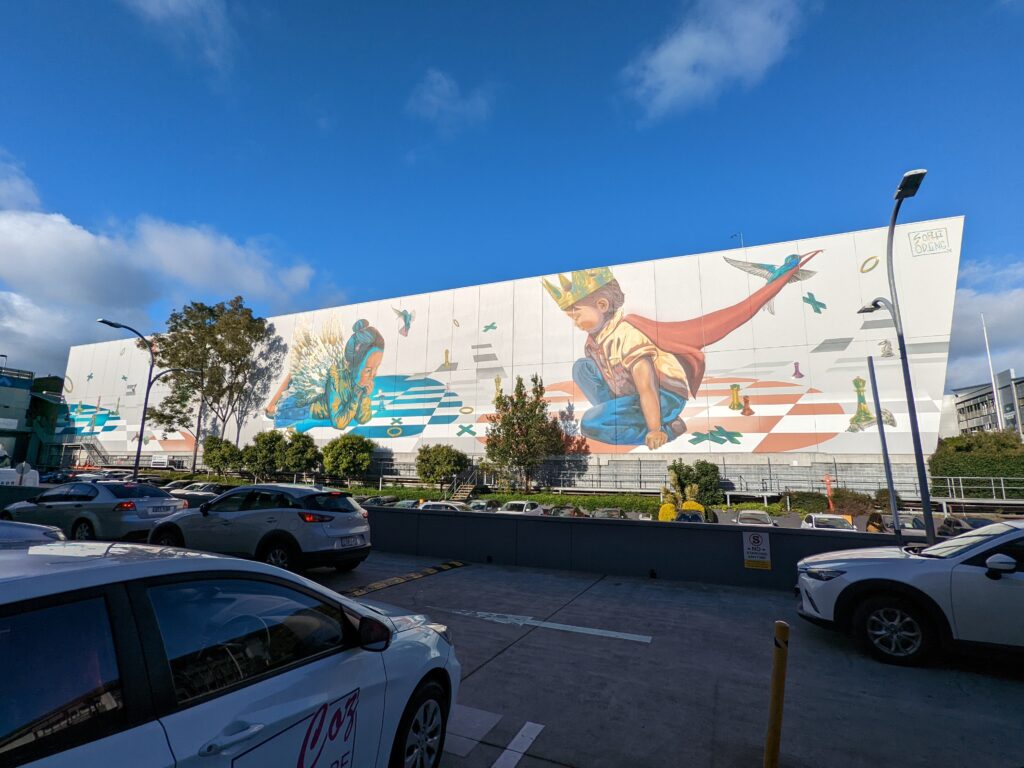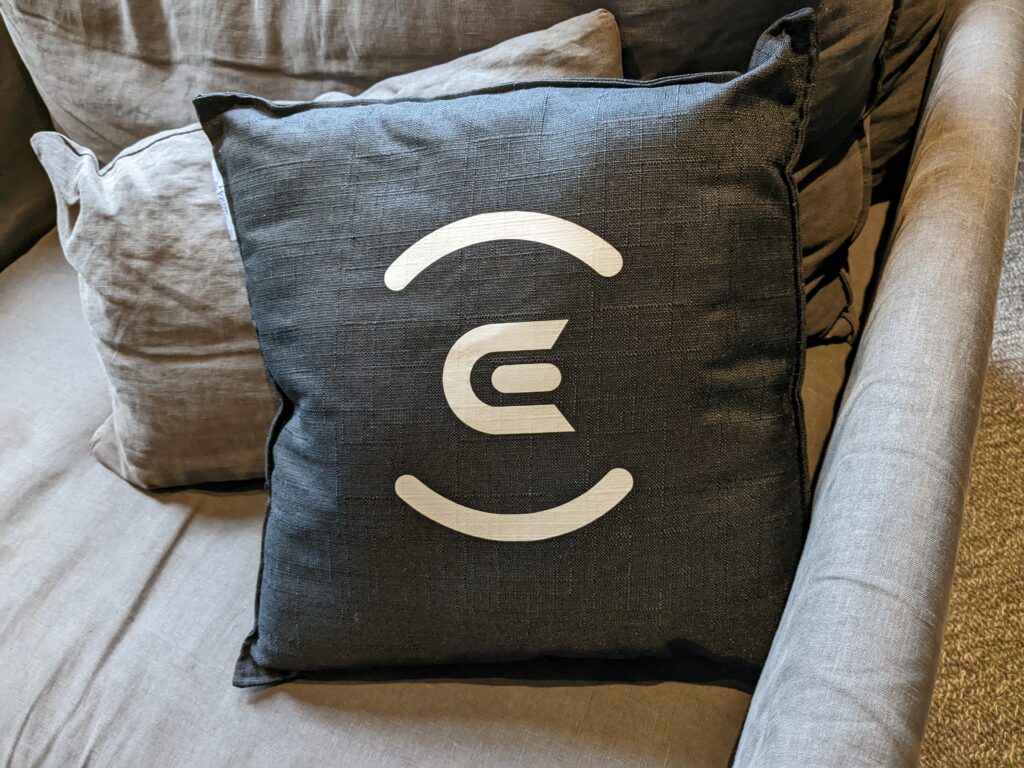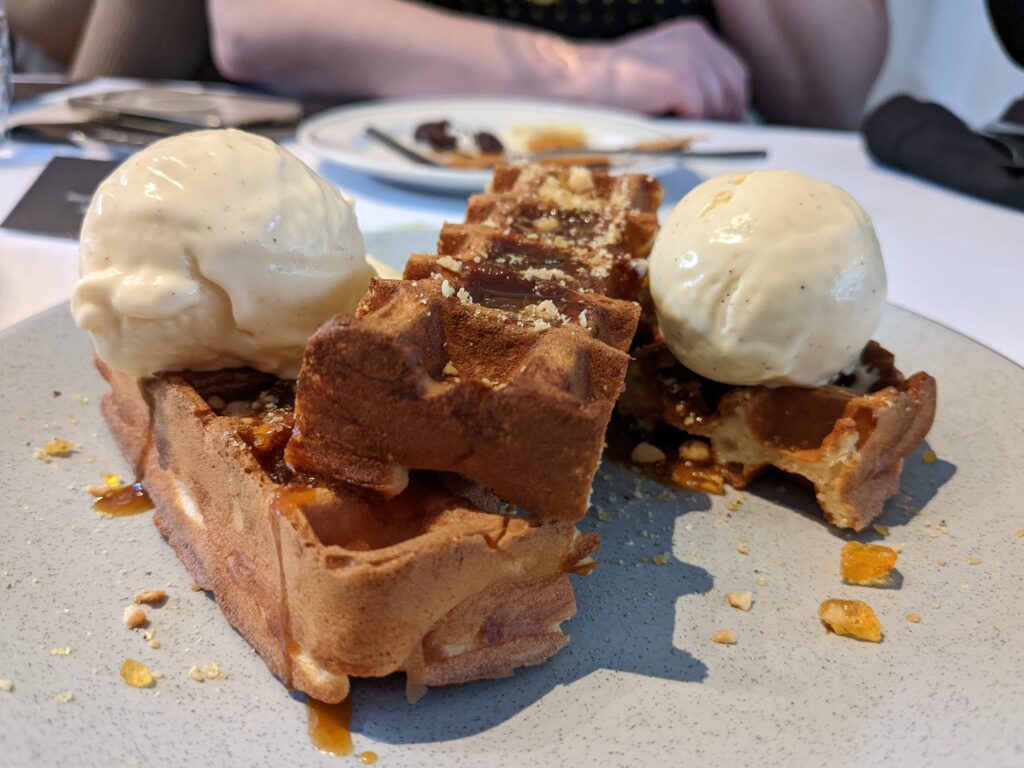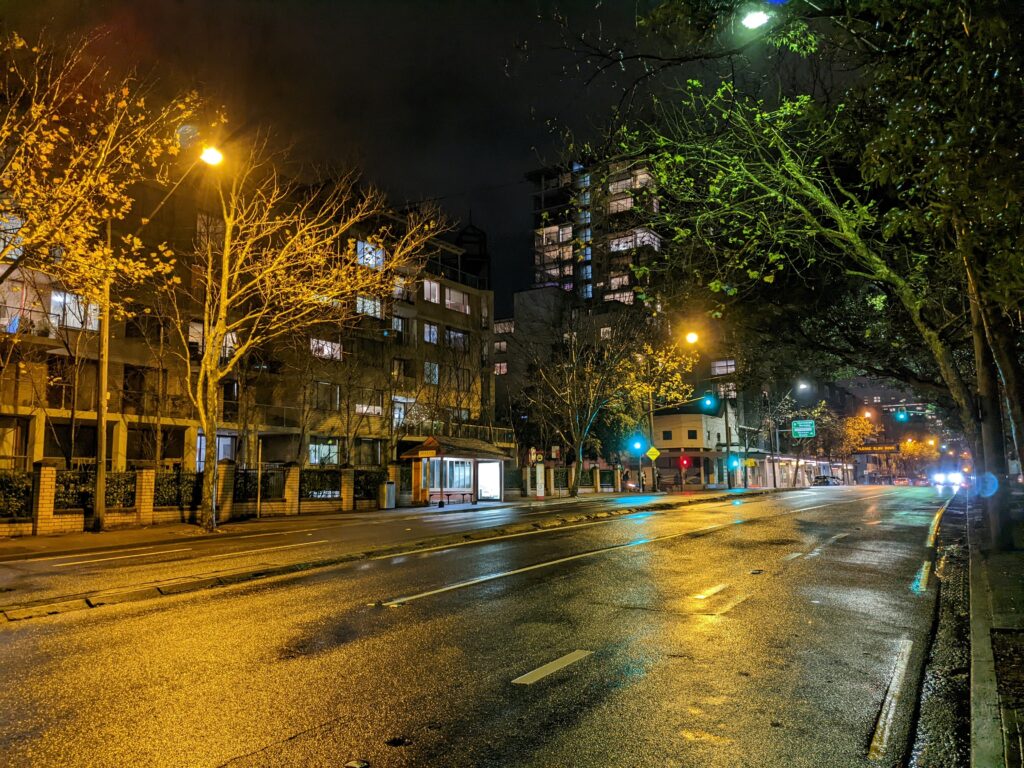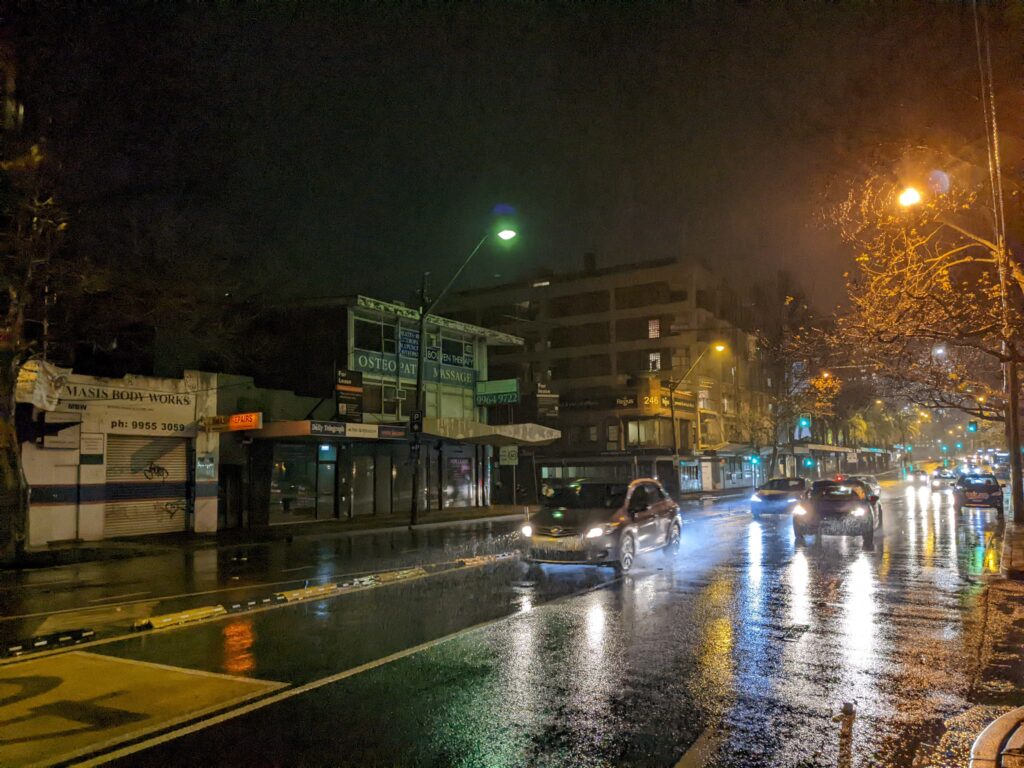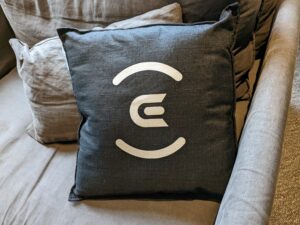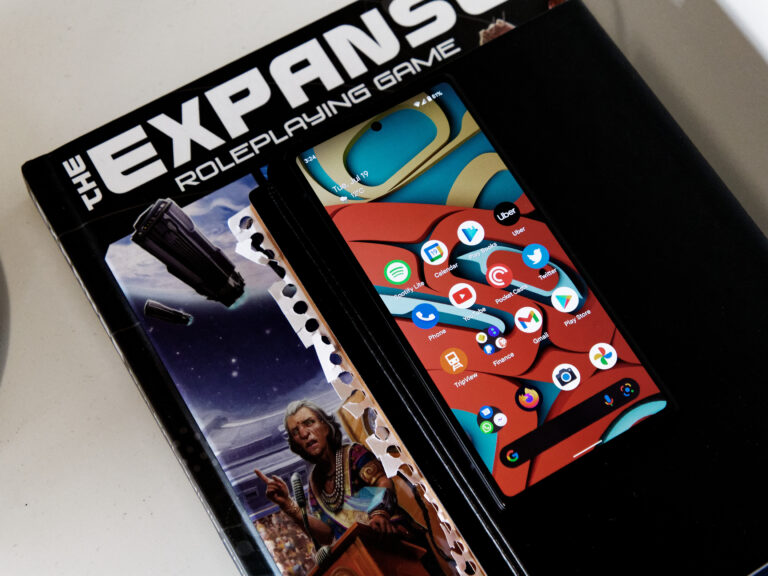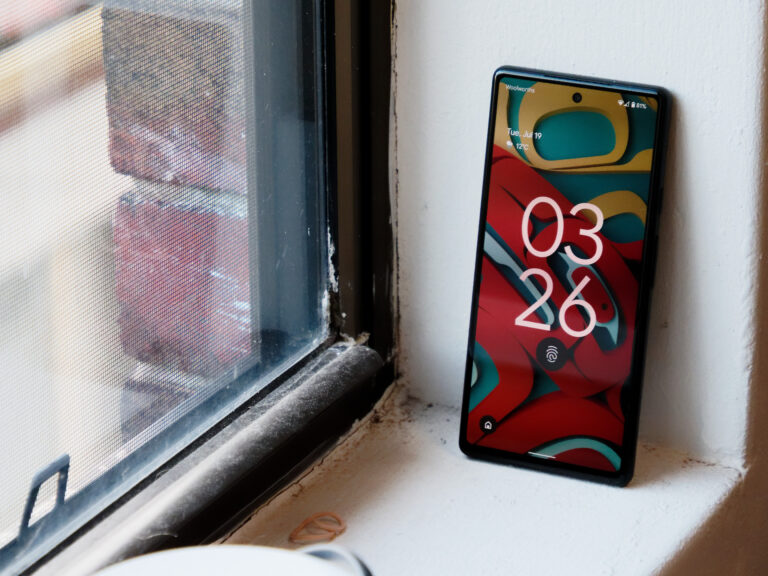Optus Mobile Review ALDI Mobile Review Amaysim Mobile Review Belong Mobile Review Circles.Life Review Vodafone Mobile Review Woolworths Mobile Review Felix Mobile Review Best iPhone Plans Best Family Mobile Plans Best Budget Smartphones Best Prepaid Plans Best SIM-Only Plans Best Plans For Kids And Teens Best Cheap Mobile Plans Telstra vs Optus Mobile Optus NBN Review Belong NBN Review Vodafone NBN Review Superloop NBN Review Aussie BB NBN Review iiNet NBN Review MyRepublic NBN Review TPG NBN Review Best NBN Satellite Plans Best NBN Alternatives Best NBN Providers Best Home Wireless Plans What is a Good NBN Speed? Test NBN Speed How to speed up your internet Optus vs Telstra Broadband ExpressVPN Review CyberGhost VPN Review NordVPN Review PureVPN Review Norton Secure VPN Review IPVanish VPN Review Windscribe VPN Review Hotspot Shield VPN Review Best cheap VPN services Best VPN for streaming Best VPNs for gaming What is a VPN? VPNs for ad-blocking Recent years have seen Apple’s most affordable smartphone cast a shadow over the competition. At a starting price of less than $700, the iPhone SE offers access to the iOS ecosystem, wireless charging, half-decent water resistance and an A15 Bionic processor. The idea that Apple’s cheapest iPhone can outperform the most powerful and expensive Android devices remains a powerful and persuasive one. In much the same way, earlier entries in the Pixel A-series have smuggled the software smarts that make Google’s flagships sing into a price segment where they’re seemingly destined to dominate. When buying a budget Google phone gets you a better version of Android and a camera that’s on par with most flagships, why even bother with other brands? Mobile photography is still a big part of the formula this time around, but it’s far from the focus. As with last year’s Pixel 6 and Pixel 6 Pro, Google’s Tensor processor is the most significant selling point. The cheapest Pixel phone now gets you the same processor as the most expensive one. Google can’t quite beat Apple at its own game, but the Pixel A-series has always swung above its weight and the Pixel 6a carries that same confidence to a natural conclusion. Although modest compared to the going price of an iPhone 13, this sum represents something of a steady increase for Google’s budget-friendly smartphone line. While the Google Pixel 5a did not make it to Australia, the Google Pixel 4a did. That device debuted at a local price of $599. The new Google Pixel 6a is a $150 increase on that device and a $100 increase on the launch price of Google’s original mid-tier maverick, the Google Pixel 3a, which launched in Australia at an RRP of $649. All this isn’t to discount the value offered by the Pixel 6a, but where Google’s A-series devices once had a pretty good claim to offering flagship features at half the price, it’s now only $250 below the cost of Google’s current flagship, the Google Pixel 6. In contrast to earlier A-series devices, there are no standard and XL models to choose from. That said, the Google Pixel 6a does arrive in three different colours: Chalk, Charcoal and Sage. Check out the table below for a round-up of local pricing for the Google Pixel 6a. Telstra currently offers the best price for those looking to preorder the device, with a discount that brings the cost of the Pixel 6a down to $649 if you buy it outright or on a plan through the carrier. Although this may not be a perfect prediction of plan pricing for the Pixel 6a, there’s a good chance that it won’t vary too much once you take into account the difference in handset costs. The same goes for the A-Series, and the sense of playful personality and character that Google is known for remains firmly intact with the new Pixel 6a. To its credit, Google’s latest iteration on the two-tone formula doesn’t try to fix what isn’t broken. The material design is less premium and more practical, but the final product is very much an echo of the design language introduced by last year’s Google Pixel 6 rather than an evolution of it. There’s a 6.1-inch OLED display (with a centre-oriented notch and built-in fingerprint sensor) on the front, backed up by a large rectangular camera bump on the back. While the resolution on the Pixel 6a caps out at 1080p, the combination of flat edges, rounded corners and thin bezels lend it an air of affluence that’s a refreshing contrast to most other Android devices playing in the same price segment. Rather than relying on the same triple-lens camera setup seen in its flagship counterpart, the black bar on the back of the Pixel 6a opts for a dual-lens array that combines a 12.2MP wide-angle camera with a 12MP wide-angle one. This is further complemented by an 8MP camera on the front of the device, but all three represent something of a step down compared to the camera hardware on the flagship Pixel 6 and Pixel 6 Pro. Where previous A-Series phones could confidentially sell themselves to having camera hardware on par with a flagship, this year’s iteration is obliged to include a few caveats. The resolution isn’t quite as high, and there’s no telephoto lens to be found. That said, most are likely to be fairly satisfied with the Pixel 6a’s mobile photography chops. The aforementioned details do hold it back from delivering the exceptional images that its flagship counterpart can, but the results delivered by the Pixel 6a’s dual-lens camera are bright, detailed and colourful in exactly the way you’d hope and expect. Some of these pictures don’t quite hold up to the same degree of scrutiny as pictures taken by a true flagship device might, but if you’re solely posting to social media and are boxed into something budget-friendly, you can do a lot worse than the Google Pixel 6a. While it’s not heavy per se, there’s still a surprising amount of heft to the Pixel 6a. The form-factor here already leans towards chunkiness in a way that previous A-series devices haven’t. Even a little more of that might be too much. This cocktail of critical choices ends up providing a lot of the flavour found with the Pixel 6a. A utilitarian streak runs through the whole package, giving the sum of those parts a taste that sticks with you in almost-universally positive ways. The Pixel 6a doesn’t have everything, but what’s here feels considered and concise. Google’s latest budget buy frequently comes across as a gadget that’s less concerned with looking good and more concerned with feeling practically useful. One of the hardest things to crack when it comes to smartphones is a sense of character, but the Google Pixel 6a makes that part look easy. In comparison, the Google Pixel 6a represents something of a shift in strategy. This time around, the company are looking to smuggle the premium performance of their first homemade processor, the Google Tensor, into a segment of the market where good silicon is rarely a guarantee. Apple’s decision to invest in its own silicon several years back is paying enormous dividends for them nowadays, but Google isn’t quite so far along. While the Tensor compares favourably to many modern mid-range processors (like the Qualcomm Snapdragon 778G found in the Samsung Galaxy A73), the difference between the two is nowhere near the difference between the latter and Apple’s A15 Bionic or even the Snapdragon 8 Gen 1. The Google Pixel 6a delivers better performance than most mid-range devices, but calling it flagship feels like more of a technicality than a technical feat. Apps loaded fast and games like Gunfire Reborn, League of Legends: Wild Rift and Diablo Immortal run well on the hardware provided. However, I wouldn’t quite go so far as to say they ran with a smoothness or responsiveness that was on par with what Apple’s A15 Bionic can offer. Google has succeeded in smuggling a good processor into a more affordable device, but the fact that the Tensor is merely good rather than great takes a bite out of any thrill it might provide. Looking beyond the processor, the Google Pixel 6a comes loaded up with 6GB of RAM and 128GB of storage. Both of these specs fall firmly into the middle of the spectrum. They’re not quite the bare minimum, but it’s not hard to wish for a little more. Especially since the Google Pixel 6a lacks a Micro SD slot. To power the above, the Pixel 6a is armed with a 4410mAh battery. I regularly managed to eke out around 5 hours of screen-time from it on a single charge. On paper, this isn’t that of a flagship device and it compares less favourably to many other mid-range devices. However, my experiences with the Pixel 6a’s battery life actually seemed to dramatically with each passing day. Initially, the Pixel 6a would usually end each day with around 30% battery remaining. However, after a week or so with the device, this figure had shifted upwards to 50% or even 60%. The improvement in longevity wasn’t quite enough that I’d venture to gamble on trying to make it two days without charging the Pixel 6a, but the gains here were far from insignificant. Burned down via streaming video, the Google Pixel 6a took approximately 21 hours and 21 minutes to go from 100% to no battery remaining. This is a really impressive result that compares favorably against other mid-range devices like the OPPO Find X5 Lite. Both devices feature the same processor found in their flagship counterparts, but the iPhone SE has the edge here with Apple’s A15 Bionic processor easily eclipsing the performance offered by the Google Tensor found in the Google Pixel 6a. Google’s latest budget phone also loses out to the iPhone SE when it comes to features like water resistance and support for wireless charging. The Pixel 6a does offer some splash resistance in the form of an IP67 rating, but this lags behind the iPhone SE’s IP68 rating. That said, many may find the more modern design offered by the Pixel 6a to be the better fit. The 6.1-inch OLED screen here might be small by comparison to flagships like the Samsung Galaxy S22+, but it provides significantly more space and resolution to work with than the 4.7-inch Retina Display on the iPhone SE. Yet, it sometimes feels like a half step towards something truly great. Google’s latest attempt to re-envision its remit for the mid-range ends up diluting some of its prior appeal. Even if the final product is almost effortlessly easy to recommend, there’s a part of me that wishes the company had opted to make the A-Series something a little different rather than a stripped-down version of the Pixel 6. A world where the Pixel 6a tried to recapture or remix what worked about the Pixel 5 might be one where the price difference between this and Google’s last flagship needn’t feel so small. The best thing about Google’s A-Series smartphone has been the sense that you’re getting more for less. In contrast, the value here is commensurate rather than commendable. The Pixel 6a offers more for more, and while there’s plenty to like about it, it doesn’t quite cut through as effectively as previous models. To start with, the Google Pixel 6 has a larger 6.4-inch display. This display also has a 90Hz refresh rate versus the 60Hz seen in the Pixel 6a and higher grade Gorilla Glass Victus protection. While both the Google Pixel 6 and Pixel 6a run on Google’s Tensor processor, the former features 2GB of additional RAM (for a total of 8GB) and the option of 256GB of storage. The Google Pixel 6 also boasts wireless charging, a larger 4614mAh battery and more comprehensive IP68 water resistance (compared to the IP67 rating on the Pixel 6a). The last, and most significant, hardware difference between the Pixel 6 and Pixel 6a is the camera hardware. Rather than rely on the 50MP sensor seen in last year’s flagship Pixel 6, this year’s Pixel 6a is powered by a 12.2MP wide-angle camera and a 12MP wide-angle one.
![]()
